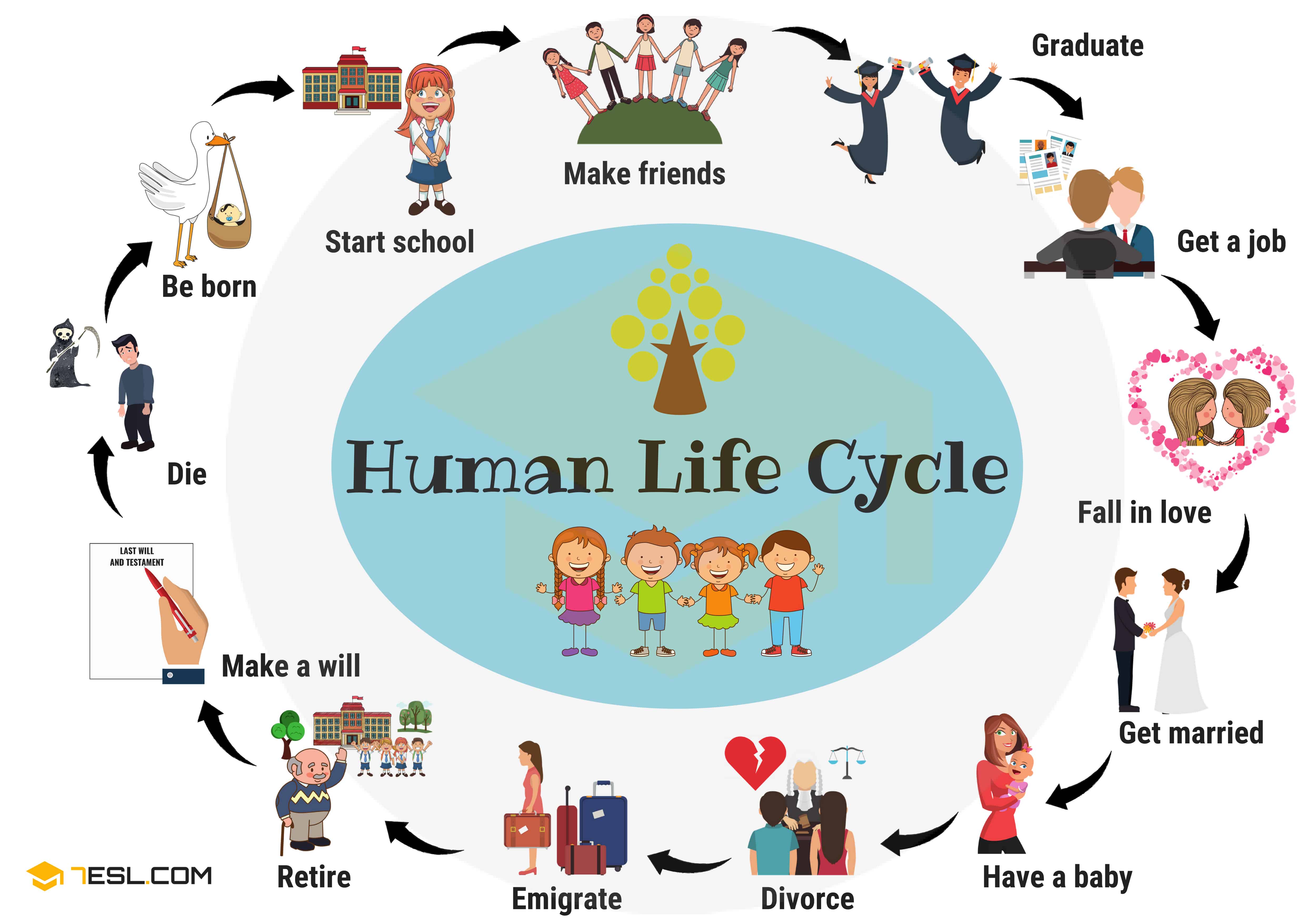The study of palmistry, also known as chiromancy, has been a longstanding practice in various cultures, aiming to understand an individual’s personality, strengths, weaknesses, and potential by analyzing the lines and patterns on their palms. Among the several lines that palm readers examine, the life line is perhaps the most intriguing and sought-after, as it is believed to reveal insights into one’s life journey, health, and longevity. In this comprehensive exploration of the life line in palmistry, we will delve into the fundamentals of how to interpret this crucial line, its various types, and what it signifies in the context of an individual’s life path.
Introduction to the Life Line
The life line, also known as the “line of life” or “line of vitality,” is one of the three major lines found on the palm, alongside the heart line and the head line. It is typically the longest and deepest line on the palm, extending from the radius (thumb side) of the hand and arcing around the mount of Venus (the fleshy area at the base of the thumb). The life line reflects an individual’s vitality, energy, and capacity for living, offering a glimpse into their life’s journey, including significant life events, health, and longevity.
Interpreting the Life Line
Interpreting the life line involves considering its length, depth, quality, and any notable features such as breaks, branches, or crosses. Here’s a breakdown of what some of these factors might indicate:
- Length: Generally, a longer life line is associated with a longer life and greater vitality, though the interpretation must consider the overall context of the palm and the individual’s lifestyle.
- Depth: A deep, well-defined line suggests robust health and vitality, while a shallow line may indicate lower energy levels.
- Curve: The curve of the life line can indicate the degree of vitality and flexibility in one’s life. A smooth, curved line often suggests a balanced life with fewer sudden changes, while a line with many twists and turns can indicate a more turbulent or adventurous life journey.
- Breaks: Breaks in the life line can signify significant life events, health challenges, or periods of emotional turbulence. However, the interpretation depends on the location of the break and other features of the line.
- Branches: Branches off the life line, especially towards the end, can indicate new paths or opportunities in life.
Types of Life Lines
Palmists often categorize life lines into several types based on their shape, length, and other characteristics. Understanding these categories can provide deeper insights into an individual’s life trajectory:
- Short Life Line: Typically found on individuals with a more introverted or private nature. It doesn’t necessarily predict a short life but can indicate lower physical vitality.
- Long Life Line: Suggests a long and robust life, with high energy and vitality. These individuals tend to be more outgoing and have a strong desire for living.
- Circle Life Line: Rare and considered a sign of intense emotional turmoil or isolation.
- Double Life Line: Extremely rare, it is believed to indicate exceptional vitality and protection from life’s challenges.
The Life Line and Health
The life line is also crucial for understanding an individual’s health and potential vulnerabilities. Certain signs and patterns can indicate specific health issues or predispositions, such as:
- Chains or Islands: Can signify periods of ill health or emotional upheaval.
- Crosses: May indicate significant challenges or turning points in life related to health or personal relationships.
The Life Line in the Context of Modern Palmistry
In modern palmistry, the interpretation of the life line is approached with a more holistic view, considering not just the physical aspects of health but also emotional, mental, and spiritual well-being. Practitioners recognize that the life line reflects an individual’s resilience, ability to adapt to life’s challenges, and their capacity for personal growth.
Conclusion
The life line in palmistry offers a fascinating window into an individual’s life journey, health, and personal characteristics. While its interpretation requires a deep understanding of palmistry principles and a nuanced approach, considering the many factors and types of life lines can provide valuable insights. It’s essential to remember that palmistry is not predictive but rather offers a tool for self-understanding and personal development. By examining the life line in the context of the entire palm and the individual’s unique life circumstances, one can gain a deeper appreciation for the complexities and potential of their life’s path.
FAQs
What does a deep life line signify in palmistry?
+A deep life line is generally associated with robust health, vitality, and a strong capacity for living. It suggests that an individual has the physical and emotional stamina to navigate life's challenges with resilience.
Can the life line predict the length of one's life?
+The length of the life line does not directly predict the length of one's life. Instead, it reflects an individual's vitality, energy levels, and their overall approach to life. Other palmistry elements and the quality of the line are considered for a more comprehensive understanding.
What are the implications of breaks in the life line?
+Breaks in the life line can signify significant life events, health challenges, or emotional upheaval. The interpretation depends on the location of the break, with breaks near the beginning of the line often indicating early life challenges and breaks towards the end suggesting later-life experiences.
How does the life line relate to an individual's emotional well-being?
+The life line also offers insights into an individual's emotional resilience and capacity for emotional regulation. A life line with many twists and turns or other challenging features may indicate a more emotionally turbulent life journey, while a smoother line can suggest better emotional balance and adaptability.
In the realm of palmistry, the life line stands out as a powerful tool for understanding the complexities and dynamics of human life. By exploring its depths and considering its various aspects, individuals can gain profound insights into their life’s journey, fostering a deeper connection with themselves and their potential. Whether viewed through the lens of traditional palmistry or modern interpretations, the life line remains an invaluable resource for personal understanding and growth.



